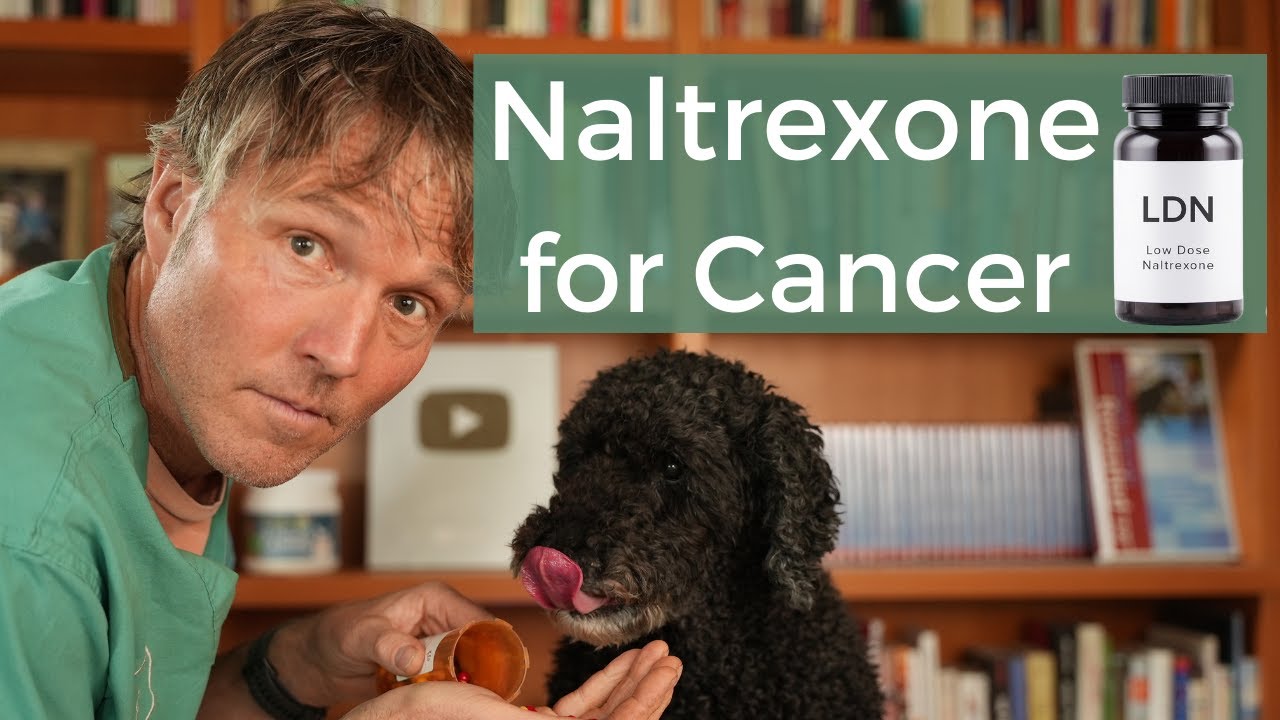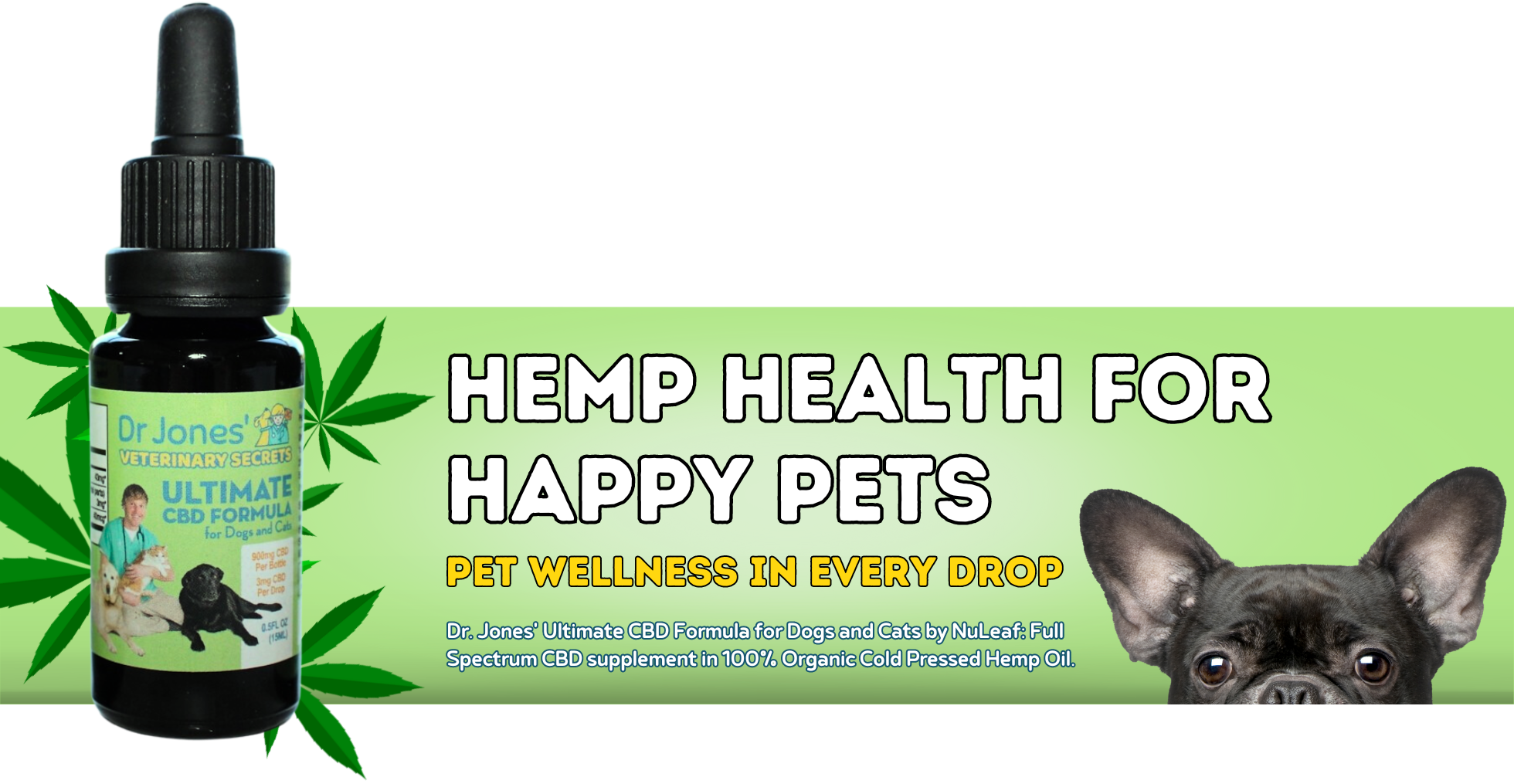How Low Dose Naltrexone Can Extend Your Pet’s Life Post-Cancer

It seems that more and more dogs/cats/people are developing cancer.
Yes I get the ‘ We/Animals are living longer, so we are seeing more cancer’ argument… . but it is more than that.
Cancer rates are rising. I personally have had 2 of my dogs die of cancer.
Fortunately there are some new/emerging treatments, and I intend to keep you aware of these.
Such as Cannabis – it has extensive studies showing an array of benefits for cancer patients.
I do have a Natural, Whole Plant Extract CBD tincture for Dogs and Cats

Low Dose Naltrexone for Cancer
Naltrexone is a drug that blocks opiate receptors and is commonly used in higher doses to assist individuals with opiate addiction. However, at low doses, it has proven to be very helpful for both animals and humans in managing cancer and other diseases.
The Theory Behind Low Dose Naltrexone
The concept of low dose naltrexone involves administering a tiny dose at bedtime to temporarily block the production of endorphins during their peak time. This blockage stimulates the secretion of an endorphin-stimulating factor, which results in elevated endorphin levels in the patient. Endorphins are crucial for controlling pain and focusing the immune response to better target invaders while reducing the risk of attacking the body’s own cells.
This treatment has been used to palliate chronic arthritis pain in pets intolerant to other medications, to assist in managing some immune-mediated disorders, and to help slow the growth of certain cancers.
Naltrexone Use in Veterinary Medicine
In veterinary medicine, naltrexone is a mainstay for reversing reactions to and overdoses of opiates by blocking opioid receptors. It is also employed in treating recurring, compulsive animal behaviors such as tail-chasing and self-mutilation, including acral lick dermatitis.
Many More Uses for Naltrexone in Animals when Given as a Low Dose
Pet owners, having seen positive effects of low-dose naltrexone (LDN) on themselves, have opted to try it on their pets with similar conditions. It is currently being used in animals to reduce the pain of chronic arthritis, treat some autoimmune disorders, and slow the growth of some tumors. Promising results have been reported in treating conditions like lymphoma, adenomas, nasal/sinus cancer, inflammatory bowel disease, degenerative myelopathy, and others.
The dosage of LDN is determined by the weight of the animal and must be prepared by a compounding pharmacy. For optimal effect, administering LDN at night is best for dogs, while morning doses are more effective for cats, considering their nocturnal nature. Many pet owners prefer to administer LDN in a liquid form, which usually requires mixing with flavoring due to its bitterness.
Study Highlight: LDN Added to Chemotherapy Increases Survival in Dogs
An October 2018 study aimed to evaluate the effects of low-dose naltrexone as a supplementary drug with carboplatin chemotherapy in female dogs with mammary carcinoma in benign mixed tumors post-mastectomy. The study observed higher serum concentrations of beta-endorphin and met-enkephalin, fewer chemotherapy-related side effects, and improved quality of life and survival rates in the LDN-treated groups compared to those untreated with LDN. Clinical and pathological evaluations indicated a significant association between LDN use and both prolonged survival and enhanced quality of life.

Side Effects and Dosing
LDN is generally well-tolerated in most patients, especially when starting with a low dose and gradually increasing the dosage. Side effects, when they occur, are usually mild and can be managed by reducing the dose by half for 2-3 days before resuming titration.
Cancer Regimen
For cancer patients, it has been observed that supplementing the treatment with a CBD product during the days off LDN can increase the anti-tumor effects. Starting doses typically range from 0.5 mg to 1.5 mg, increasing up to a maximum of 4.5 mg. For small animals like cats, gerbils, and rats, safe dosages range from 0.5 mg to 1.5 mg per day, while medium to large animals like dogs can use from 3.0 to 4.5 mg per day.
My last dog, Lewis, who unfortunately died from a very aggressive form of mouth cancer, found great relief in his final days through a CBD and THC regimen. If you are assisting a pet with cancer, consider exploring CBD with THC tinctures, where legally available. I recommend starting with a 4:1 CBD to THC ratio and adjusting as needed.
For pets with arthritis or cognitive dysfunction, I encourage trying my whole plant extract CBD for dogs and cats, which includes hemp seed oil as a carrier for enhanced effectiveness.
Dr. Jones’ ULTIMATE CBD for Dogs and Cats is designed to provide broad-spectrum cannabinoid benefits, enhancing the therapeutic effects when used alongside traditional treatments.

My cat has aggressive spleen cancer, and I noted that you talked about fenbendazole, she’s 8 lb and I’m going to start giving her 180 mg of it, 3 days on and 4 days off but I’m wondering how long do I do this regimen? The vet thought she might have four to six months.
Hi Debra, Dr. Jones suggests trying it for one month to start, assess, and then continue if needed.
My cat has this cancer growing on his neck. I have started LDN two weeks ago but wasn’t doing it every day and I have been sometimes giving it mid afternoon like 4pm and other days in evening 8pm because I want to make sure he eats. He is 6 pounds and I give him 0.05 ml.
My 14 year old male cat has a cancerous mass under his chin that is hard and spreading fast. Are you able to recommend a topical remedy for it? I’m adding ES Clear, Life Gold and Hoxsey and Boneset to his food.